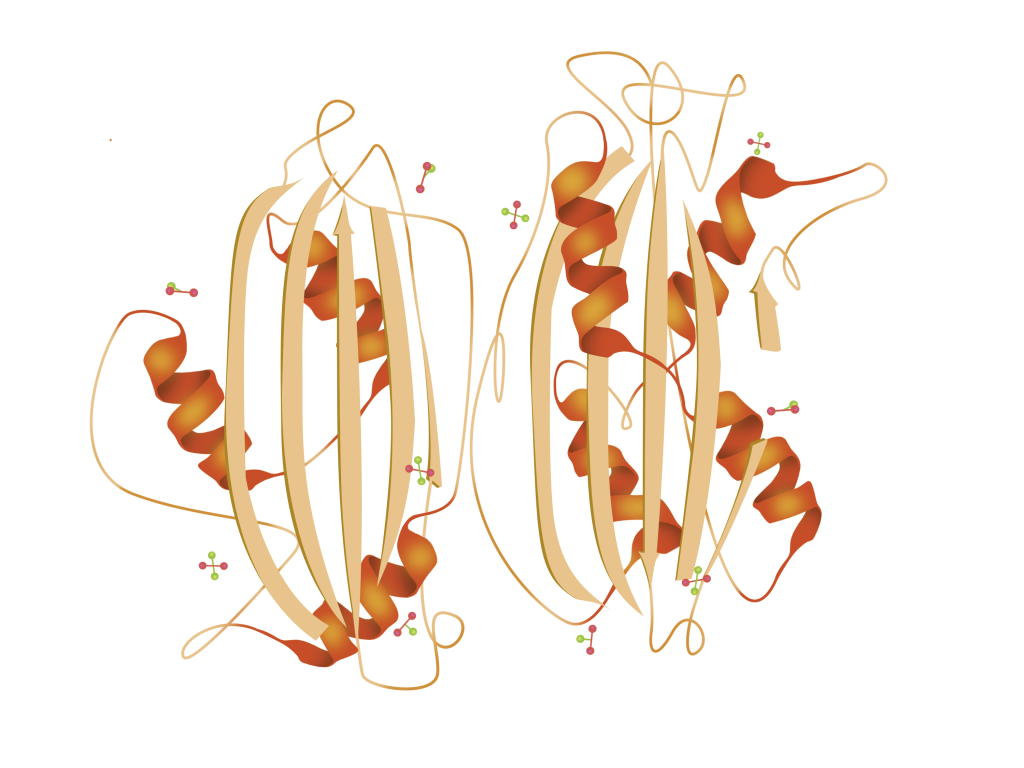Moreover, the right fitted sheet can significantly contribute to a better sleep environment. It helps maintain a consistent temperature throughout the night, wicking away moisture and keeping you cool in summer and warm in winter. The deep pockets also ensure that the sheet stays in place, eliminating the need for constant adjustments.
...
2025-08-18 01:59
1368








